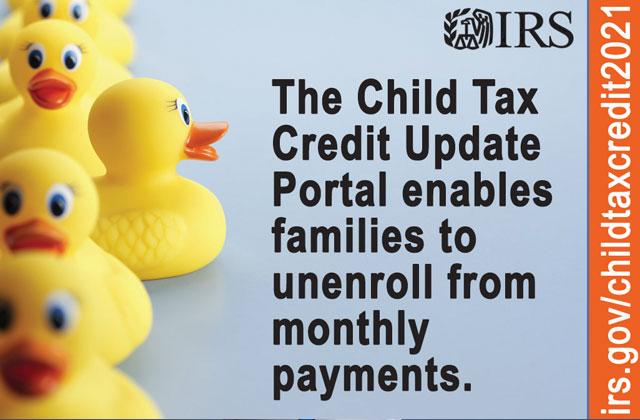Millions of families will begin receiving their first advance child tax credit check in mid-July.
The first payments will go out by mail and direct deposit for qualifying households starting July 15.
Depending on different factors, including income, parents could get an extra $250 to $300 per child each month. The amount is determined based on the parent’s 2020 or 2019 tax return, whichever is the last one filed on record with the federal tax agency.
However, people can register for the program with the IRS even if they did not fully file their taxes. The White House launched the website childtaxcredit.gov with details for potential recipients.
Last week, the IRS launched an online tool that allows taxpayers to check their eligibility.
Taxpayers are eligible to receive the full amount if their income is $75,000 or less for single filers, $112,500 or less for heads of households, or $150,000 or less for married couples filing jointly, as well as qualified widows or widowers.
Those with incomes higher than those thresholds will get reduced amounts until they are phased out entirely, at $400,000 for married couples filing a joint return and $200,000 for all other filing statuses.
An estimated 39 million families are expected to receive the expanded credits.
The latest information about the expanded child tax credits can be found at IRS.gov/childtaxcredit2021.
The enhanced child tax credits are part of President Joe Biden’s $1.9 trillion coronavirus relief package signed into law earlier this year. Eligible families can receive as much as $300 per month — $3,600 annually — for each child under the age of 6.
The advance tax credit payments will be $250 per month — $3,000 annually — for each child between the ages of 6 and 17.
Both the Child Tax Credit Update Portal and the Child Tax Credit “Non-filer Signup Tool” can help users manage payments.
The Child Tax Credit Update Portal allows people to see if they qualify for the credit and opt out of receiving any payments in 2021. Taxpayers can still opt out of some — but not all — checks, provided they do so by the following dates:
August: Un-enrollment deadline is Aug. 2, payment date on Aug. 13
September: Unenrollment deadline is Aug. 30, payment date on Sept. 15
October: Un-enrollment deadline is Oct. 4, payment date on Oct. 15
November: Unenrollment deadline is Nov. 1, payment date on Nov. 15
December: Unenrollment deadline is Nov. 29, payment date on Dec. 15
According to the IRS, “un-enrollment is a onetime action. You will be able to re-enroll starting in late September 2021.”
According to the IRS, some people may also want to unenroll from monthly checks if they “expect the amount of tax you owe to be greater than your expected refund when you file your 2021 tax return.” Because the payments are being paid in advance, “every dollar you receive will reduce the amount of Child Tax Credit you will claim on your 2021 tax return.”
The IRS is urging people to share information about the child tax credit with others who don’t have permanent addresses. By doing this, you’re helping make sure families receive the payments they’re eligible for and which programs can help them file a tax return.




